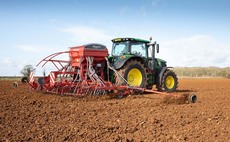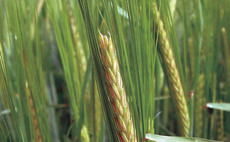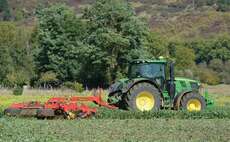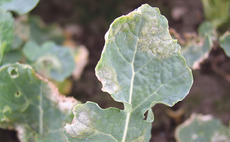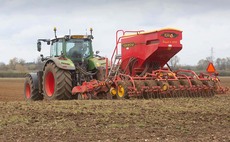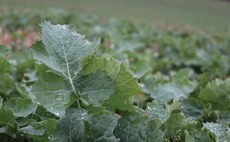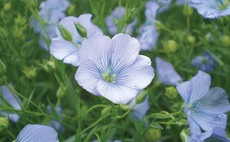Arable Farming
Arable
The UK’s farmland is abundant with insects; some are pests, but many will help to protect and promote crops. Alice Dyer finds out how growers can encourage more natural predators into their fields.
Arable
A temporary Maximum Residue Limit (MRL) for the sprout inhibitor, chlorpropham (CIPC) has been given approval.
Arable
Progress with drilling is variable across the country, tending to be more complete the further north you go. However, wet conditions in some areas are raising concerns over a second consecutive autumn of delayed drilling.
Arable
Spring barley production is estimated to have increased from 4.5mt (2019) to an estimated 6.3mt in 2020, however, quality issues may leave malting markets, tight.
Arable
Last year, Bayer announced it was developing a new business model that meant it would share some of the risk associated with growing crops with its customers.
Arable
Bayer is piloting a programme that pays farmers to adopt more climate-friendly practices that sequester carbon.
Arable
AHDB’s light leaf spot preliminary forecast shows that the disease risk to winter oilseed rape (OSR) ranks among the lowest recorded in recent years.
Arable
Unsettled weather has resulted in some winter wheat crops now being drilled later than initially planned.��This means some important adjustments to autumn agronomy may be needed
Arable
In stark contrast to last year’s crop, sufficient moisture in August has meant early-sown oilseed rape crops have grown through the ‘danger period’.
Arable
The UK’s winter linseed area is set to more than double on last year as growers look to alternative break crops to oilseed rape.

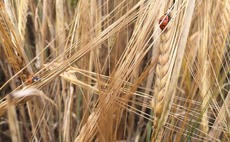
 22 October 2020
•
4 min read
22 October 2020
•
4 min read

